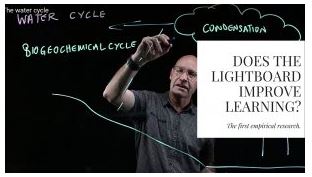Does the Lightboard Improve Learning? The First Empirical Research
Written by Steve Griffiths
I am pleased to report on the first peer-reviewed research investigating video learning using the lightboard. I have been eagerly awaiting this research ever since I made my first lightboard video.
Firstly to clarify, the lightboard is a large glass board on which the instructor writes and draws whilst they teach, facing the camera. The board is filled with light by LED strip edge lighting. This makes the instructors’ writing “pop out” against the black backdrop. The lightboard is referred to by a number of names including forward board, learning glass, and in this study a transparent whiteboard.
In 2016, a study identified that video styles in which the instructor writes and draws in real time is more beneficial for student learning than static images. The study also found that learning is enhanced when the instructors’ hand is visible. My blog post on this paper can be found here.
This present study compares a video where the instructor teaches on a traditional whiteboard with a video where the instructor uses a transparent whiteboard. The study measured student learning in a posttest immediately after the video or after a delay of 7 days. The study also evaluated students’ perceptions of the video styles.
The results were that the students who viewed the transparent whiteboard video performed significantly better in the immediate posttest than the students who viewed the traditional whiteboard video. The authors proposed that the transparent whiteboard was more effective for student learning for two reasons. Firstly, there is educed occlusion with the transparent board. With a traditional whiteboard, the instructor frequently occludes text and drawings as he is writing. This obstruction prevents the instructor from cueing to the relevant information at the time that they are verbally explaining the content. The second reason the authors proposed for the improved learning with the transparent board was increased social cues. Having the instructor face the students and make eye contact increases the social cues and student engagement.
Students’ preferences were also evaluated using a survey. Students who viewed the transparent whiteboard video reported a greater rapport with the instructor and student engagement was significantly higher.
A second experiment measured whether the improved learning was preserved over a one-week duration. The learning improvement was not significantly better than the whiteboard. However, the authors acknowledged that the students were not incentivised to remember the information. The authors recommend that further research should be conducted in authentic setting where students are incentivised to remember the video content.
This first study is very encouraging for the use of the lightboard. Especially in subject areas like STEM where there are significant amounts of complex spatial representations.
For further information on how to make a lightboard or make lightboard videos, check out this post.
Fiorella, L., & Mayer, R. E. (2016). Effects of observing the instructor draw diagrams on learning from multimedia messages. Journal of Educational Psychology, 108(4), 528.


